For many people, the day begins once they’ve had their first cup of coffee. But unfortunately, over-measuring or under-measuring can change the taste and strength of your brew.
Contents
Importance of measuring coffee accurately
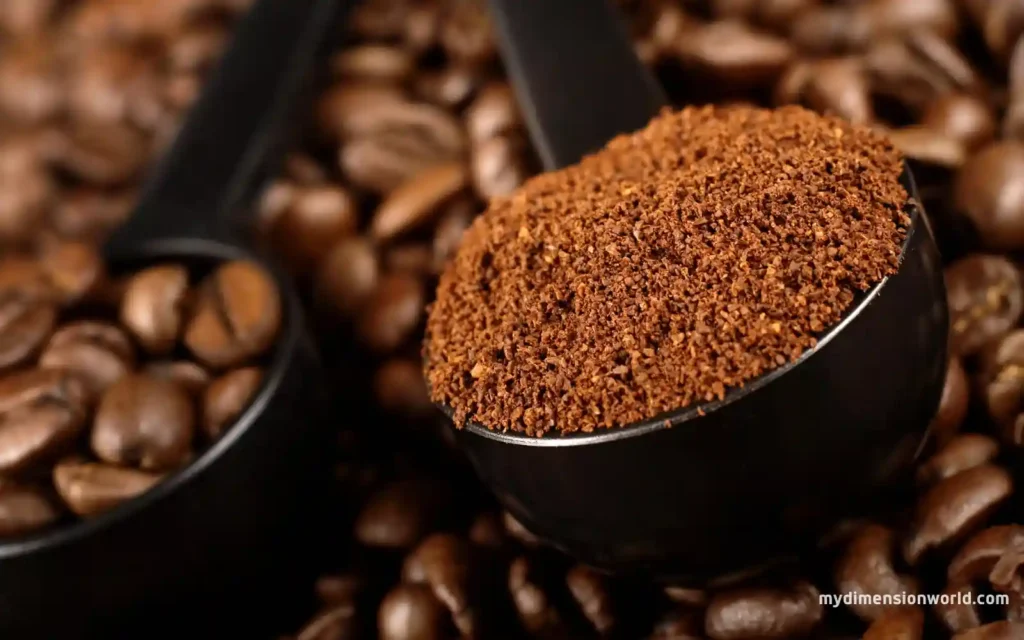
It’s imperative to measure your coffee properly. Only overestimating or overestimating how much coffee you need will affect the taste and strength of your brew leading to dissatisfaction with your morning routine.
Measuring also helps you control the amount of caffeine in each cup and enables you to use just enough beans for a particular size pot.
Commonly used method of using a scoop
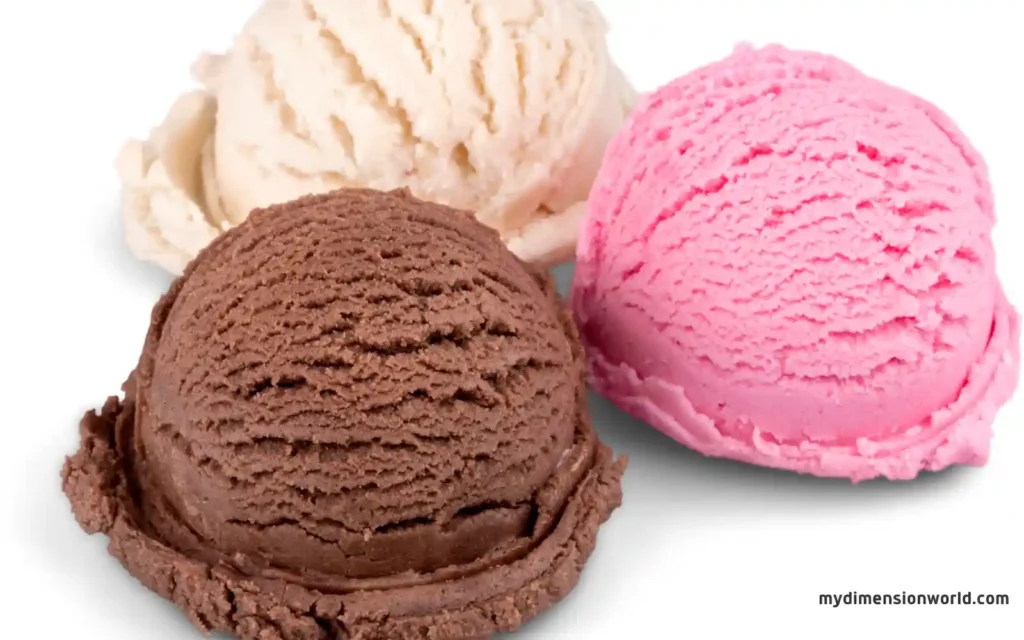
The most common method for measuring coffee is using a scoop provided in most commercial packages.
Depending on the manufacturer’s preference, the scoop is typically designed to hold either 7 or 8 grams.
Nonetheless, one downside is that scoops vary in size; thus, they may offer inaccurate measurements across different brands or types.
Alternative methods for measuring coffee without a scoop

Suppose you don’t have access to a scoop or prefer more precise measurements when brewing your morning java.
There are other ways you can use at home that don’t require fancy tools such as scales or specialized measuring cups such as tablespoons and teaspoons already in most kitchens.
Additionally, some people prefer eyeballing their measurements, which we will discuss later in this article. However, this method may only be suitable for some due to its consistency.
Accurate measurement is vital in consistently achieving optimal flavor and balance when brewing your favorite beans.
In essence, whether you’re using scoop sizes that come with your package, household items like teaspoons/tablespoons, or modern tools such as scales, it’s crucial to find a method that works best for you.
Let’s discuss in detail the different methods available and how to master them.
Using a Scale
Benefits of using a scale for measuring coffee

Measuring coffee with a scale ensures that you have the right amount of coffee grounds to water ratio, which is essential for brewing great-tasting coffee.
Unlike scoops or tablespoons, scales accurately measure the weight of the beans or grounds, ensuring consistency in your brewing process. Also, using a scale is an easy and fast way to measure your coffee correctly.
Another benefit of using a scale is that it allows you to experiment with different brewing ratios and methods.
You can easily adjust the amount of coffee you use until you achieve your desired taste.
Furthermore, using a scale ensures that you minimize wastage as it helps prevent over-measuring or under-measuring.
Types of scales suitable for measuring coffee
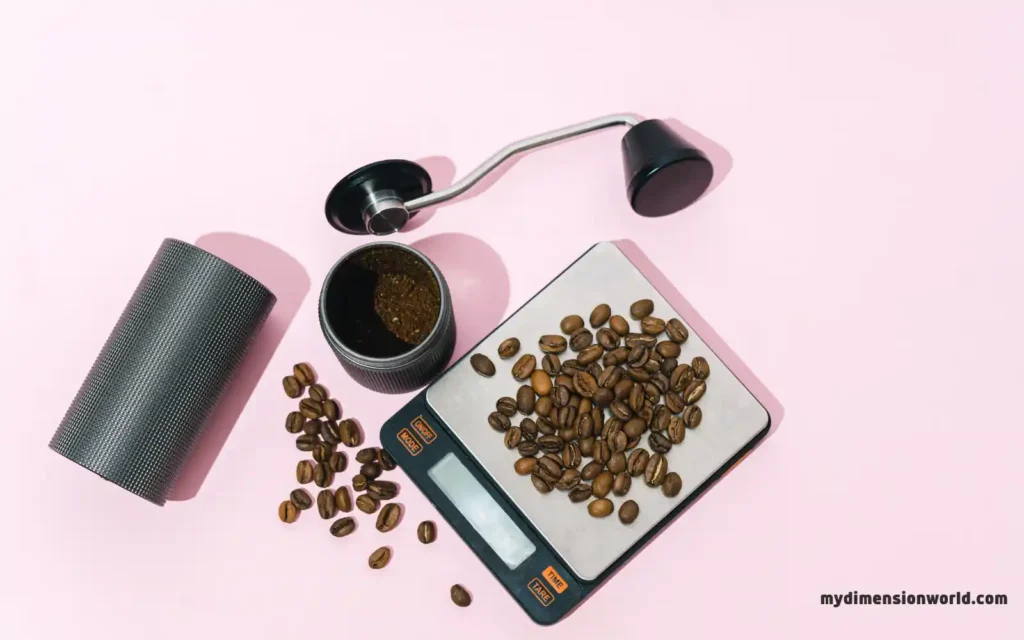
When choosing a scale, there are several factors to consider, such as accuracy, ease of use, and durability.
Two types of scales are commonly used when making coffee: digital and analog.
Digital scales offer high levels of precision and are easy to read. In addition, they contain electronic mechanisms that display measurements in real-time, allowing for quick adjustments when measuring.
Analog scales have been around for centuries and are still used today because they are accurate and durable.
They don’t require batteries or electrical power, so they can be used outdoors or on camping trips where electricity may not be available.
Step-by-step guide on how to measure coffee using a scale
1. Turn on your digital scale if needed.
2. Place your container (preferably glass) onto the weighing platform
3. Press the “Tare” button on the digital scale, resetting it to zero.
4. Add ground coffee beans into the container until it reaches your desired weight
5. Ensure that all excess grounds have been swept into the container/bag without spillovers.
6. Discard any excess coffee or beans and close the container/bag.
Measuring by Volume
Measuring coffee by volume is a popular way to measure, and it can be done without using a scoop.
You can use household items to measure, such as tablespoons, teaspoons, and measuring cups.
1. Tablespoon
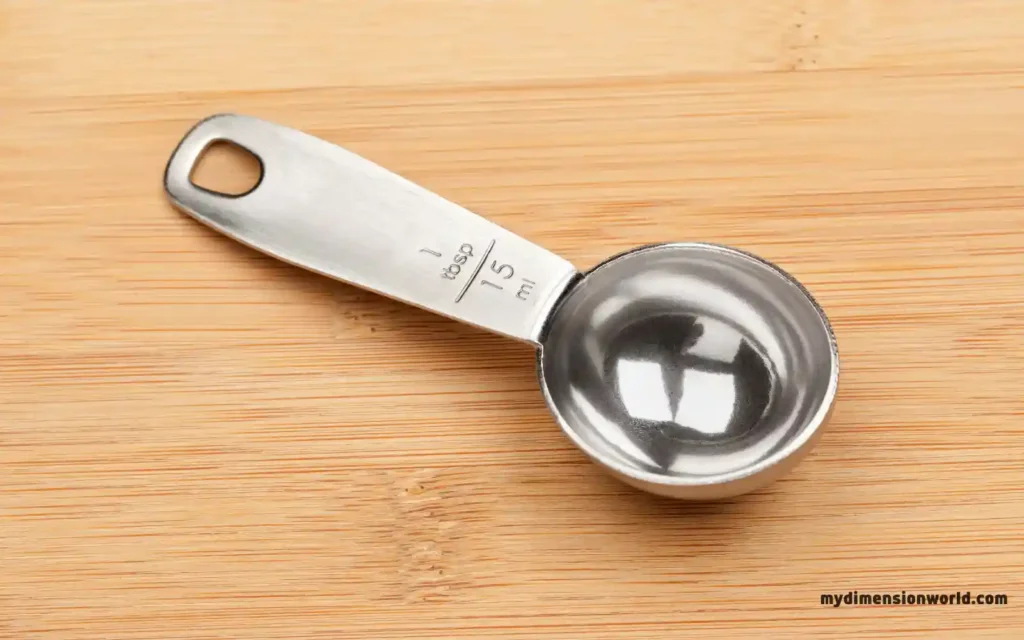
A tablespoon is a common kitchen item that can be used to measure coffee.
One tablespoon of coffee per six ounces of water is the standard ratio for brewing coffee.
To use this method, spoon the desired amount of coffee into your filter before brewing.
2. Teaspoon
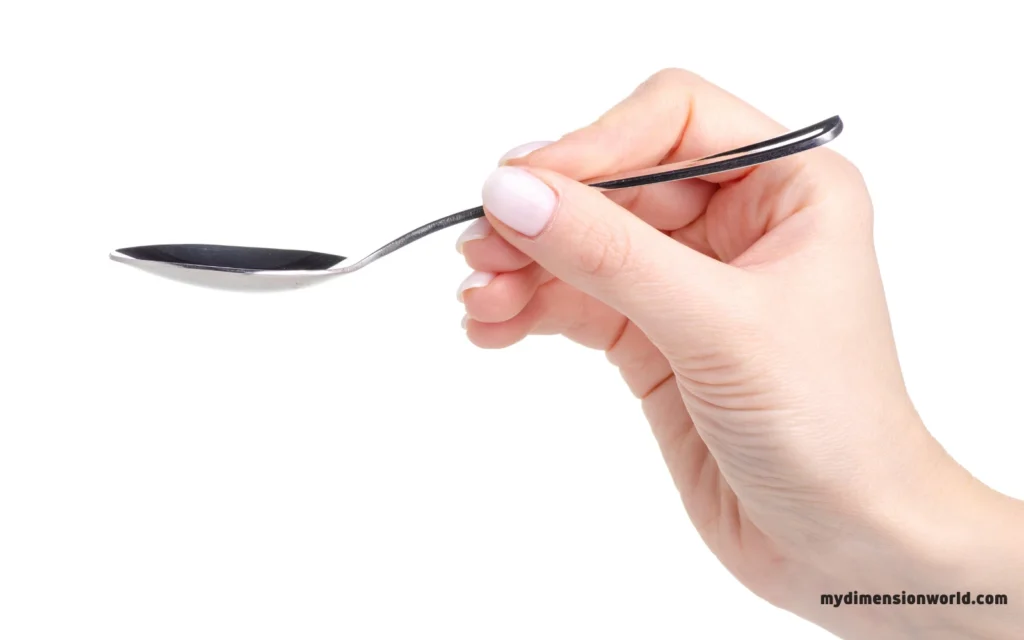
If you prefer a weaker cup of coffee or want to cut back on caffeine, use teaspoons to measure your coffee instead.
One teaspoon per six ounces of water will give you a milder taste than one tablespoon per six ounces.
3. Measuring Cup
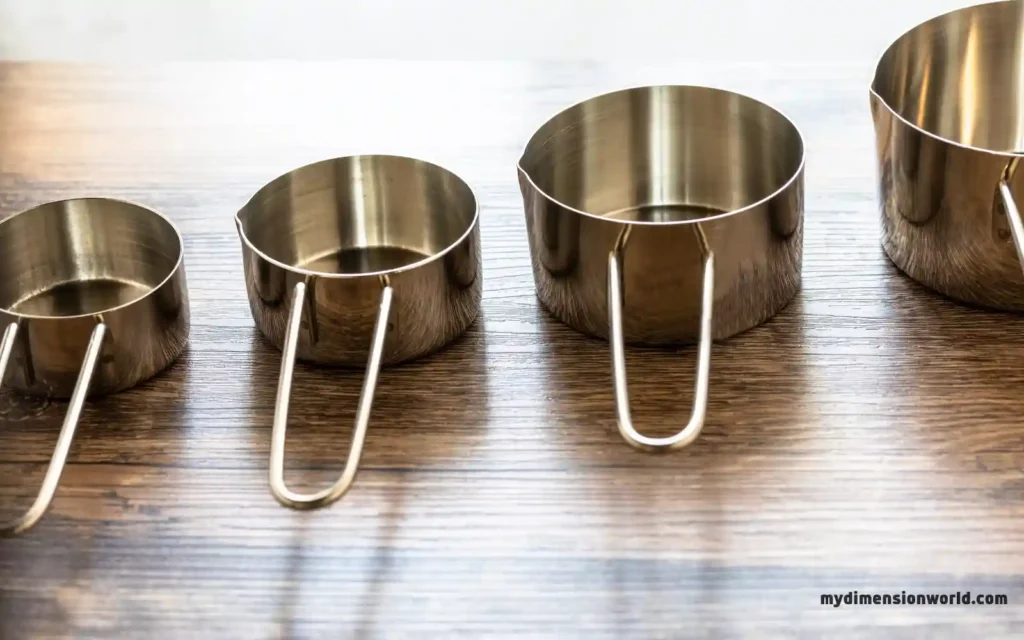
A measuring cup is an accurate and convenient tool for measuring your coffee.
Measuring cups come in various sizes and are typically used for liquid measurements but can also be used to measure dry ingredients like coffee beans.
How to Convert Volume Measurements to Weight Measurements
If you prefer weighing your coffee beans instead of using volume measurements, you can use an easy conversion method.
A general rule is 01 fluid ounce equals 0.05 pounds or 23 grams approximately.
For example: – 1 cup (8 fluid ounces) = 0.4 pounds or 180 grams – 1 tablespoon = 0.14 ounces or 4 grams – 1 teaspoon = 0.05 ounces or 2 grams
Converting volume measurements into weight measurements for precise measurement accuracy will help you achieve the perfect balance of coffee to water.
Measuring coffee by volume can be an easy and effective way to measure your coffee without a scoop.
With practice, you will find the right amount of coffee that suits your taste, whether using teaspoons, tablespoons, or measuring cups.
Converting volume measurements into weight measurements for precise accuracy in measurement will help you achieve the perfect balance of coffee to water.
Eyeballing Method
For those who prefer a more “free-spirited” approach to coffee-making, the eyeballing method may be just what you need.
This method involves using your eyes to estimate the right amount of coffee based on your desired brew strength.
It is a less accurate method than using a scale or measuring by volume, but it can work if you are in a hurry or need measuring tools.
What is the eyeballing method?
The eyeballing method visually estimates how much coffee to use without any measuring tools.
This technique requires some practice and relies on your ability to judge quantities accurately by sight.
Essentially, you look at your ground coffee and determine how much you will achieve your desired strength when brewed.
This can be tricky as coffee beans have different densities and may require more or less than expected.
How accurate is the eyeballing method?
The accuracy of this method will depend on your experience in making coffee and how well you can estimate quantities visually.
While it may not be as precise as other methods, with enough practice and attention to detail, it can yield decent results.
But keep in mind that using too little or too much coffee will affect the taste of your brew.
Step-by-step guide on how to use the eyeballing method
- Start by determining how strong you want your cup of coffee. Remember that stronger brews require more coffee grounds.
- Scoop out some beans from your bag (or use pre-ground) and spread them evenly on a flat surface.
- Visualize what one serving size looks like – usually around two tablespoons per cup- so that you have an idea of how much you need.
- Use your hands to pick up the grounds and put them in your coffee filter or French press, distributing them evenly inside.
- Brew your coffee as usual, keeping an eye on the strength and flavor profile. Adjust your method and amount of coffee in future brews to get a more consistent taste.
While this method requires practice, it can be fun to experiment with different amounts of coffee and find the perfect brew strength for you.
Summary of Different Methods Discussed
Now that we have gone through different methods of measuring coffee without a scoop let’s summarize the most effective ones.
The first method uses a scale, the most accurate and consistent way to measure coffee. Using scales is also recommended for those who want to experiment with different coffee-to-water ratios, as it makes precise measurements possible.
The second method is measuring by volume using household items such as tablespoons, teaspoons, or measuring cups.
Although more accurate than using a scale, this method works well for those who do not own a scale or prefer using traditional kitchen tools.
There’s the eyeballing method – although not recommended for beginners or those who want consistent results in their coffee brewing – this method may work well for experienced brewers who have a good sense of measurement and are comfortable with approximating amounts.
